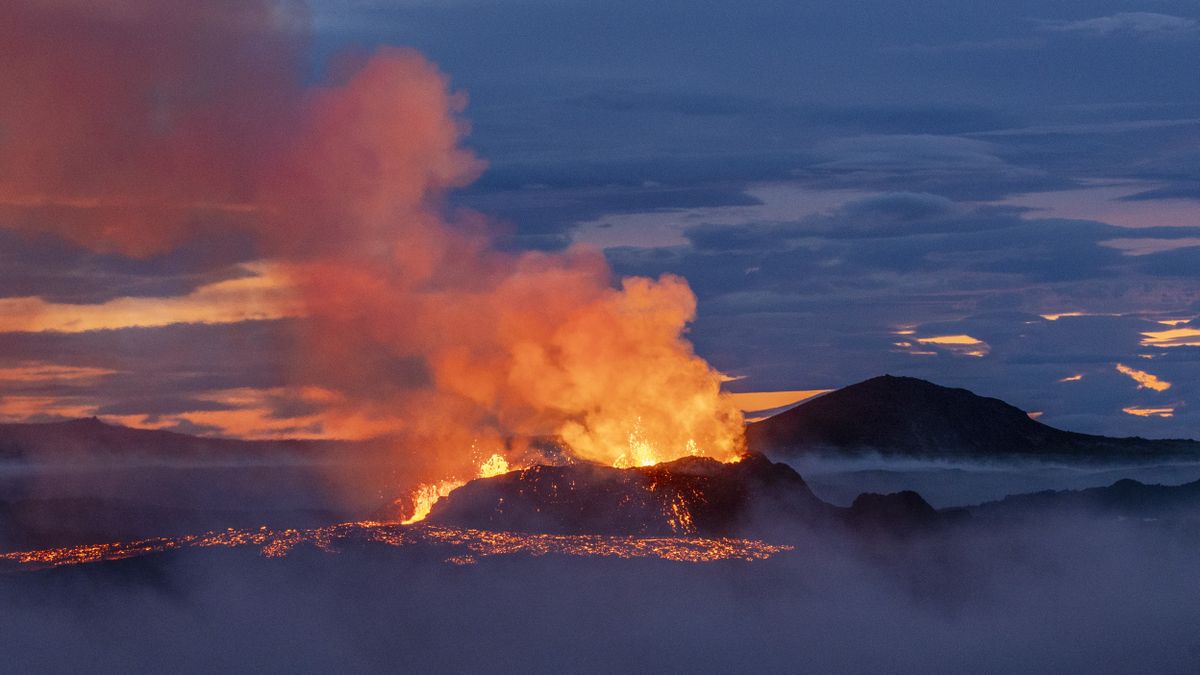You did.
The National Aeronautics and Space Administration played a role in the propagation of that narrative. Having ended its lunar expeditions, NASA was looking for a new mission, so it built some provisional climate models that focused primarily on carbon dioxide, because this is an easy factor to single out and “because it is subject to human control,” observes Curry. Even though it is just one among many factors that cause climate variations, carbon dioxide increasingly became the villain. Bureaucratic forces at the UN that promote global governance—by the UN, needless to say—got behind this line of research. Then the scientists were called upon and given incentives to prove that such a political project was scientifically necessary, recalls Curry. The UN founded the Intergovernmental Panel on Climate Change (IPCC) in 1988 to push this agenda, and ever since, climatologists—an increasingly visible and thriving group—have embraced the faith.
In 2005, I had a conversation with Rajendra Pachauri, an Indian railway engineer, who remade himself into a climatologist and became director of the IPCC, which received the 2007 Nobel Peace Prize under his tenure. Pachauri told me, without embarrassment, that, at the UN, he recruited only climatologists convinced of the carbon-dioxide warming explanation, excluding all others. This extraordinary collusion today allows politicians and commentators to declare that “science says that” carbon dioxide is to blame for global warming, or that a “scientific consensus” exists on warming, implying that no further study is needed—something that makes zero sense on its face, as scientific research is not based on consensus but on contradictory views.
Curry is skeptical about any positive results that might follow from environmental treaties—above all, the 2016 Paris Climate Accord. By the accord’s terms, the signatory nations—not including the United States, which has withdrawn from the pact—have committed themselves to reducing greenhouse-gas emissions in order to stabilize the planet’s temperature at roughly its present level. Yet as Curry elaborates, even if all the states respected this commitment—an unlikely prospect—the temperature reduction in 2100 would be an insignificant two-tenths of a degree. And this assumes that climate-model predictions are correct. If there is less future warming than projected, the temperature reductions from limiting emissions would be even smaller.
